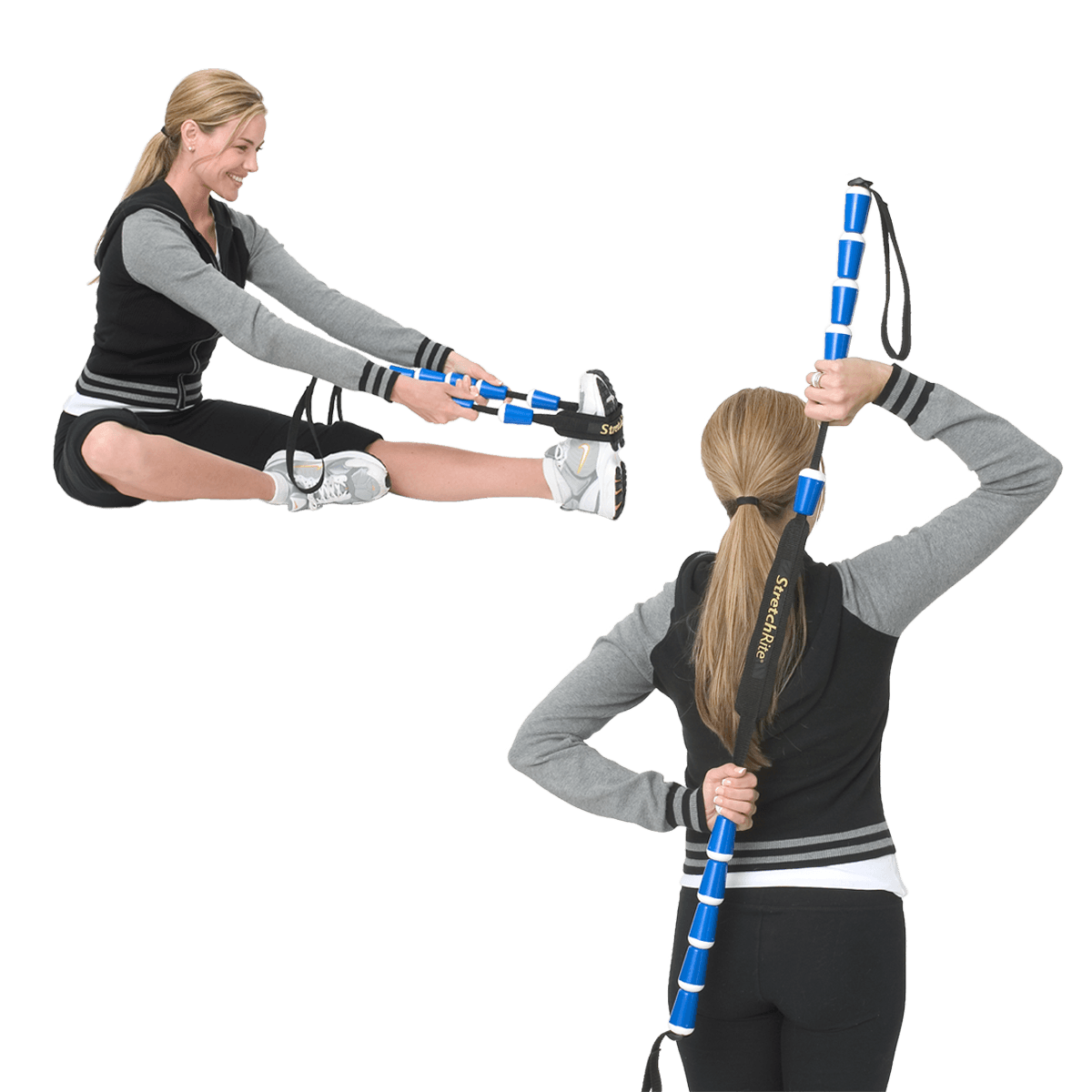FREE SHIPPING ON ORDERS OVER $25*
FREE SHIPPING ON ORDERS OVER $25*

Lower leg pain can be common and frustrating for individuals with active lifestyles. Whether you're a professional athlete, a fitness aficionado, or simply someone who enjoys the occassional walking, understanding the causes, symptoms, and effective relief methods for lower leg pain is crucial. In this article, we'll explore common triggers of lower leg pain, how to alleviate it, when to be concerned, and provide five exercises for immediate and long-term relief.
Overuse or Strain - Engaging in repetitive activities, such as running or intense workouts or exercise routines may result in overuse and strain on the muscles and tendons located in the lower legs.
Injuries - Sprains, strains, and fractures can occur due to accidents, falls, or sports-related incidents, causing pain and discomfort.
Poor Footwear - Wearing improper footwear can contribute to lower leg pain by impacting the alignment and support of the feet and legs.
Imbalances in the muscle - Disruption of the natural biomechanics in the lower legs can occur due to weak or tight muscles, resulting in pain and discomfort.
Medical Conditions - Conditions like shin splints, tendinitis, or nerve compression can contribute to persistent lower leg pain.
Rest and Ice - Allow the affected leg to rest and apply ice to reduce inflammation.
Compression and Elevation- Use compression bandages to support the injured area and elevate the leg to minimize swelling.
Over-the-counter Pain Medications - Aids in the management of pain and inflammation.
Proper Footwear - Invest in supportive and well-fitted footwear to reduce strain on the lower legs.
Stretching and Strengthening Exercises - Incorporating specific daily exercises routine to stretch and strengthen the muscles in the lower legs.
Lower leg pain can be a common ailment, often arising from various causes such as overuse, injuries, or muscle imbalances. Lower leg pain exercises may sound a bit too painful, but the truth is that if you do not work out the leg, your condition may get worse. Often, exercises and stretches for lower leg pain are the best tools you have for combating your condition.
Engaging in targeted exercises can play a pivotal role in relieving lower leg pain and promoting overall leg health. In this article, we will explore a set of exercises designed to alleviate lower leg pain, catering to individuals seeking both immediate relief and long-term benefits.
You can also use a calf stretching tool to stretch more efficiently. We recommend our ProStretch® Plus Adjustable Calf Stretcher. It allows you to customize your stretch by increasing or decreasing the degree of stretch as you become more flexible and stronger.

If using the ProStretch Plus:
Enhance your stretch using a stretching strap. We recommend our non elastic ProStretch® StretchRite®. It allows increase your stretch range of motion in stages and visually monitor your progress.

If using ProStretch StretchRite:
Knowing how to prevent lower leg pain could be the difference between suffering and living a full life. You can prevent lower leg pain is by wearing the right shoes for the activity you are participating in, wearing arch supports if you need them, and finding shock absorbers such as our Tuli’s® Heavy Duty Heel Cups, to provide you with protection and support.
In addition, you can lessen the impact of your sports, add a strength training routine to your workout, and participate in stretches for lower leg pain before and after exercising.
While many cases of lower leg pain can be managed with self-care, but seek medical attention if:
Maintaining an active lifestyle is rewarding, but it's crucial to address lower leg pain promptly. By understanding the causes, recognizing symptoms, and incorporating the right exercises, individuals can find effective relief and support long-term healing for their lower legs. If your concerns persist, consulting with a healthcare professional is recommended for personalized guidance and treatment.
For more information on how to prevent lower leg pain, contact Medi-Dyne today at 1-800-810-1740 or 1-817-251-8660.
PLEASE NOTE: The information on this website and article is for information only and should not be used as a substitute for consulting your doctor. Consult your doctor for proper diagnosis and rehabilitation